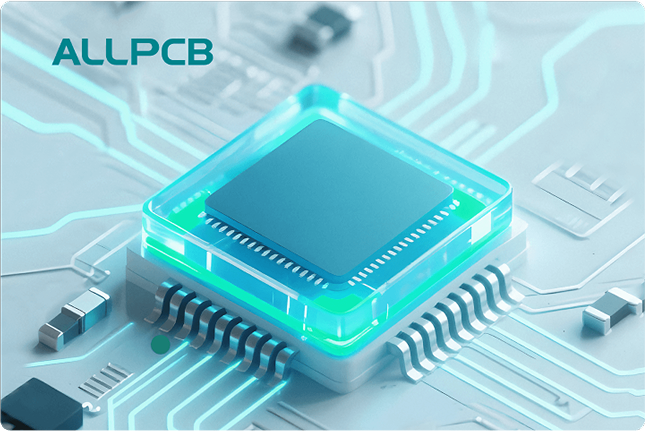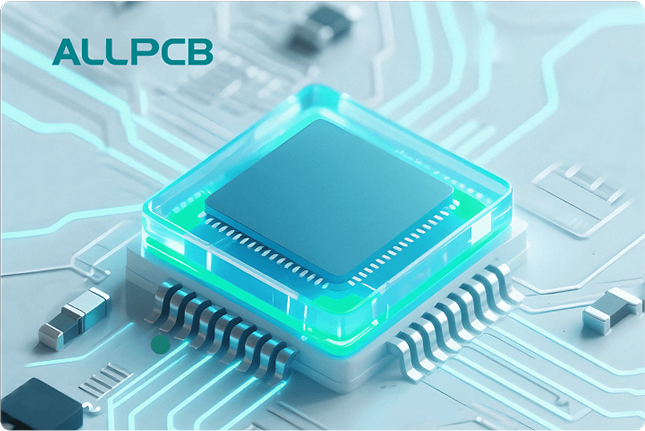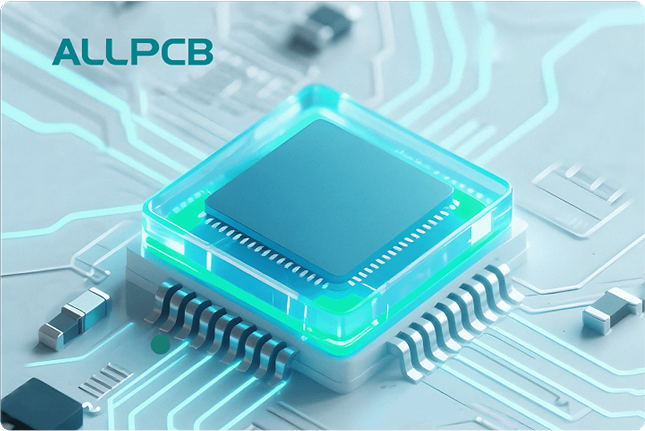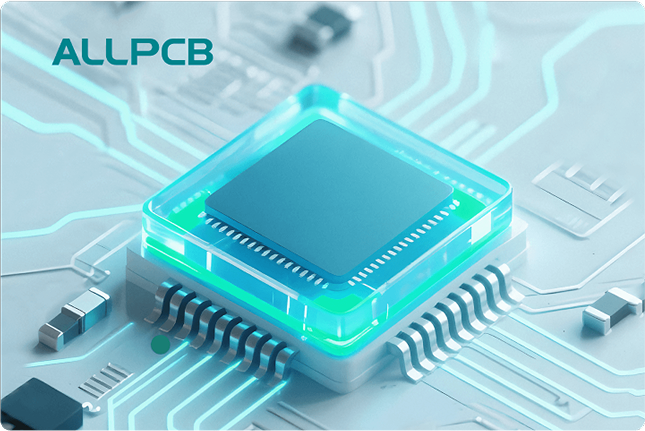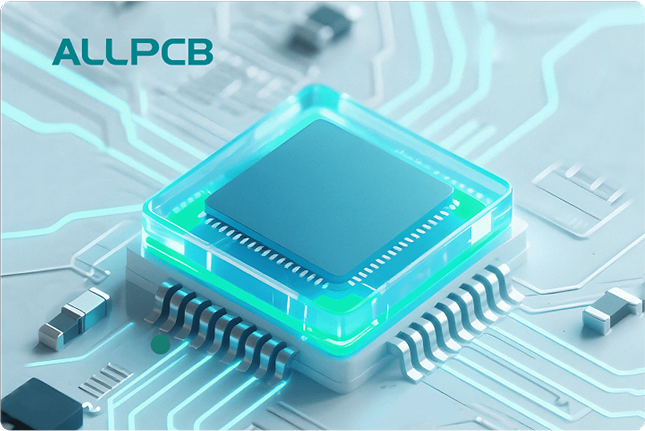If you're diving into the world of vintage electronics repair, you might be wondering why leaded solder is often recommended over modern lead-free alternatives. The answer lies in compatibility, reliability, and ease of use. Leaded solder, with its lower melting point and better wetting properties, matches the materials and techniques used in older devices like vintage radios and classic electronics, making it the go-to choice for restoring these treasures. In this detailed guide, we'll explore why leaded solder is critical for repairing old electronics, how to use it effectively, and the best practices for working on vintage PCBs and components.
The Importance of Leaded Solder in Vintage Electronics Repair
When it comes to repairing old electronics with leaded solder, the primary reason for choosing it over lead-free options is historical accuracy and material compatibility. Vintage electronics, often built before the early 2000s, were manufactured using leaded solder, typically a 60/40 or 63/37 tin-lead alloy. These solders have unique properties that modern lead-free solders, often made of tin-silver-copper (SAC) alloys, can't replicate in the context of older devices.
Leaded solder melts at a lower temperature—around 183°C (361°F) for a 63/37 alloy—compared to lead-free solders, which often require temperatures above 217°C (423°F). This lower melting point is crucial when working on vintage PCBs, as older boards and components are more sensitive to heat. Excessive heat can damage delicate traces, lift pads, or even destroy components like vacuum tubes or early transistors found in vintage radios and classic electronics.
Additionally, leaded solder provides superior wetting, meaning it flows more easily and forms stronger, more reliable joints on older, often oxidized surfaces. This is especially important in vintage electronics repair, where you’re frequently dealing with aged copper traces or tarnished component leads. Using leaded solder for classic electronics ensures that the new joints blend seamlessly with the original materials, reducing the risk of cold solder joints or unreliable connections.
Why Not Use Lead-Free Solder?
Lead-free solder, while environmentally friendly and compliant with modern regulations like RoHS (Restriction of Hazardous Substances), poses challenges for vintage electronics repair. Its higher melting point can stress or damage older components, and it doesn’t bond as effectively with the leaded solder already present on the board. Mixing leaded and lead-free solder can create unreliable joints due to differences in their metallurgical properties, potentially leading to cracks or failures over time.
For hobbyists and professionals working on vintage radios, old gaming consoles, or classic audio equipment, sticking with leaded solder is often the safest and most effective choice. It ensures that repairs maintain the integrity of the original design while avoiding the risks associated with mismatched materials.
Key Benefits of Leaded Solder for Vintage Electronics
Understanding the specific advantages of leaded solder helps clarify why it remains a staple in the repair of old electronics. Here are the key benefits tailored to vintage electronics repair:
- Lower Melting Point: As mentioned earlier, leaded solder melts at around 183°C, which is gentler on heat-sensitive components. For example, vintage capacitors or resistors might fail if exposed to the 217°C or higher temperatures needed for lead-free solder.
- Better Wetting and Flow: Leaded solder spreads more evenly over surfaces, ensuring a strong mechanical and electrical connection. This is critical when reworking vintage PCBs, where surfaces may not be as clean or uniform as in modern designs.
- Compatibility with Original Materials: Since vintage electronics were built with leaded solder, using the same material for repairs minimizes the risk of metallurgical incompatibility. This is especially important for long-term reliability in devices like vintage radios or early computers.
- Ease of Use: Leaded solder is more forgiving for beginners. Its lower melting point and better flow make it easier to create clean, shiny joints without requiring advanced soldering skills or high-end equipment.
- Durability of Joints: Leaded solder joints are less prone to issues like tin whiskers—a phenomenon where tiny metal filaments grow and cause shorts—compared to some lead-free alternatives. This is a significant concern for vintage electronics that may sit unused for long periods.
These benefits make leaded solder the preferred choice for anyone looking to repair old electronics with leaded solder, ensuring both functionality and authenticity in the restoration process.
Techniques for Using Leaded Solder in Vintage Electronics Repair
Repairing vintage electronics requires careful techniques to avoid damaging delicate components or boards. Below are some practical tips for using leaded solder effectively on vintage radios, classic electronics, and old PCBs.
1. Choose the Right Solder Alloy
For vintage electronics repair, opt for a 60/40 or 63/37 tin-lead solder. The 63/37 alloy is eutectic, meaning it transitions from solid to liquid at a single temperature (183°C), reducing the risk of cold solder joints. A diameter of 0.8mm to 1.0mm is ideal for most through-hole components found in older devices.
2. Use a Temperature-Controlled Soldering Iron
Set your soldering iron to a temperature of 260°C to 300°C for leaded solder. This range is high enough to melt the solder quickly but low enough to avoid overheating components. For vintage PCBs, always start at the lower end of this range and increase only if necessary. A 25-40 watt iron with a fine tip (1mm or smaller) works well for precision work on small traces or component leads.
3. Clean and Prepare Surfaces
Older electronics often have oxidized or dirty surfaces. Before soldering, clean the area with isopropyl alcohol and a brush to remove dirt or corrosion. If necessary, use a small amount of flux to improve solder flow and adhesion. Flux is especially helpful when reworking vintage PCBs, as it helps the solder bond to aged copper traces.
4. Desolder with Care
When removing old components, use a desoldering pump or wick to clear out existing leaded solder. Avoid excessive heat by working quickly—limit contact to 2-3 seconds per joint. For vintage radios or classic electronics with large, multi-pin components, consider using a desoldering gun for more efficient removal without damaging the board.
5. Apply Solder Sparingly
Use just enough solder to create a concave, shiny joint that covers the pad and lead without excess buildup. Too much solder can create bridges between pins, especially on tightly spaced vintage PCBs. A good joint should look smooth and reflective, indicating proper wetting and bonding.
6. Inspect and Test After Soldering
After completing your repairs, visually inspect each joint for cracks, dullness, or poor adhesion. Use a multimeter to check for continuity and ensure there are no shorts. For vintage radios, test audio output or signal reception to confirm the repair’s success. If a joint looks suspect, reheat it briefly and add a small amount of fresh leaded solder to reflow it.
Safety Considerations When Using Leaded Solder
While leaded solder is invaluable for vintage electronics repair, it’s important to handle it safely due to the toxicity of lead. Here are some essential safety tips:
- Work in a Well-Ventilated Area: Soldering produces fumes that can be harmful if inhaled. Use a fume extractor or work near an open window to minimize exposure.
- Wash Hands After Soldering: Lead residue can transfer to your skin. Always wash your hands thoroughly after handling leaded solder to avoid accidental ingestion.
- Use Protective Gear: Wear safety glasses to protect your eyes from solder splashes, and consider gloves if handling large amounts of solder.
- Dispose of Waste Properly: Collect solder scraps and used flux in a designated container, and dispose of them according to local regulations. Don’t let lead waste contaminate your workspace or environment.
By following these precautions, you can safely use leaded solder for classic electronics repair without risking your health or the environment.
Common Challenges in Vintage PCBs Rework with Leaded Solder
Reworking vintage PCBs presents unique challenges due to the age and fragility of the materials. Here’s how to address common issues when using leaded solder for repairs:
1. Lifting Pads and Traces
Older PCBs often have thinner copper layers that can lift or peel under heat. To prevent this, minimize soldering time and use a heat sink (like a small alligator clip) on component leads to dissipate heat. If a pad lifts, you can repair it by carefully scraping away solder mask to expose nearby copper and bridging the connection with a small wire and leaded solder.
2. Brittle Components
Vintage components, such as ceramic capacitors or early diodes, can crack or fail under thermal stress. Work quickly, and avoid repeated heating cycles. If a component is too fragile, consider replacing it with a modern equivalent that matches the original specifications (e.g., voltage and capacitance ratings).
3. Oxidized or Corroded Joints
Oxidation is common in vintage electronics, making soldering difficult. Use a fine abrasive pad or flux to clean the area before applying leaded solder. If corrosion is severe, you may need to replace the affected component or trace.
Where to Source Quality Leaded Solder for Vintage Repairs
Finding high-quality leaded solder is essential for effective vintage electronics repair. Look for reputable suppliers that offer 60/40 or 63/37 tin-lead solder in various diameters. Many electronics supply stores still carry leaded solder for hobbyist and repair purposes, even in regions where lead-free solder is the standard for new manufacturing. Check the product specifications to ensure it’s suitable for electronics use, with a rosin core for built-in flux.
Additionally, consider purchasing solder in small spools (e.g., 100g or 250g) to keep costs down while ensuring you have enough for multiple projects. Store your solder in a cool, dry place to prevent oxidation, which can affect its performance during vintage PCBs rework.
Conclusion: Preserving History with Leaded Solder
Leaded solder remains a cornerstone of vintage electronics repair due to its compatibility with older materials, ease of use, and reliable performance. Whether you’re restoring vintage radios, reworking vintage PCBs, or repairing classic electronics, using leaded solder ensures that your work respects the original design while delivering lasting results. By following proper techniques and safety practices, you can breathe new life into these historical devices with confidence.
At ALLPCB, we’re passionate about supporting hobbyists and professionals in their electronics projects, from modern designs to vintage restorations. While regulations have shifted toward lead-free alternatives, leaded solder still holds a vital place in preserving the past. Equip yourself with the right tools and knowledge, and you’ll be well-prepared to tackle any vintage electronics repair with precision and care.
 ALLPCB
ALLPCB


